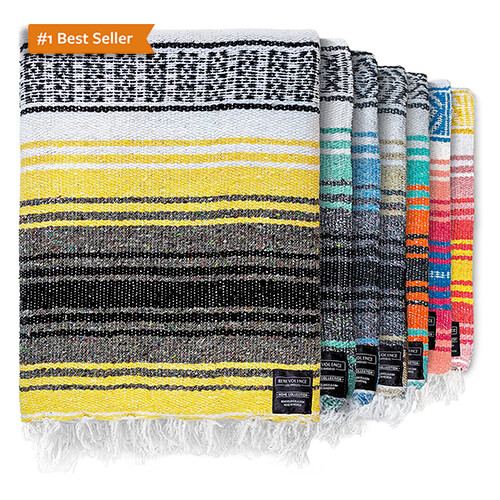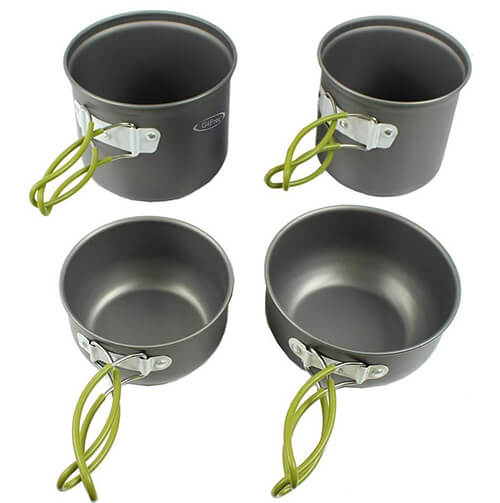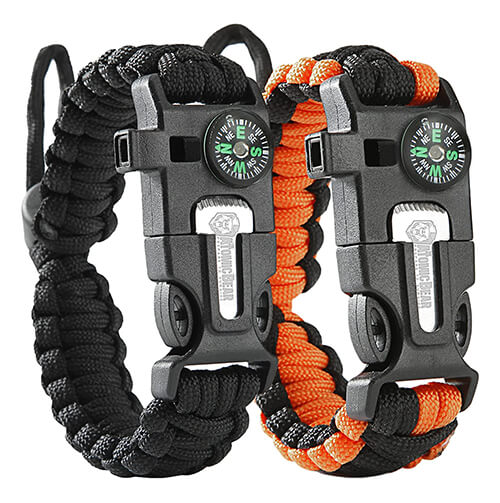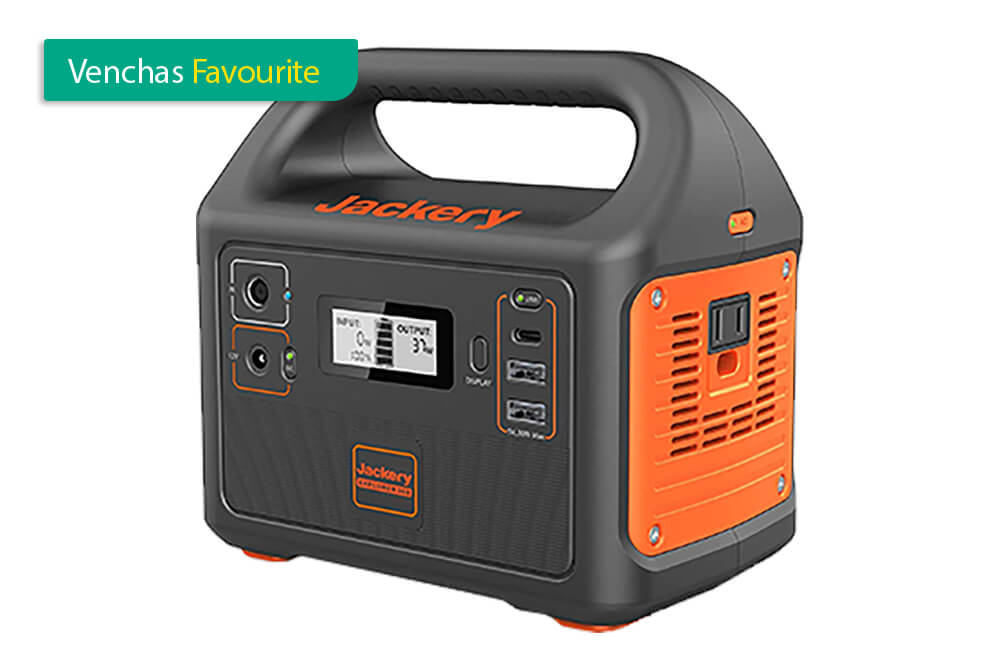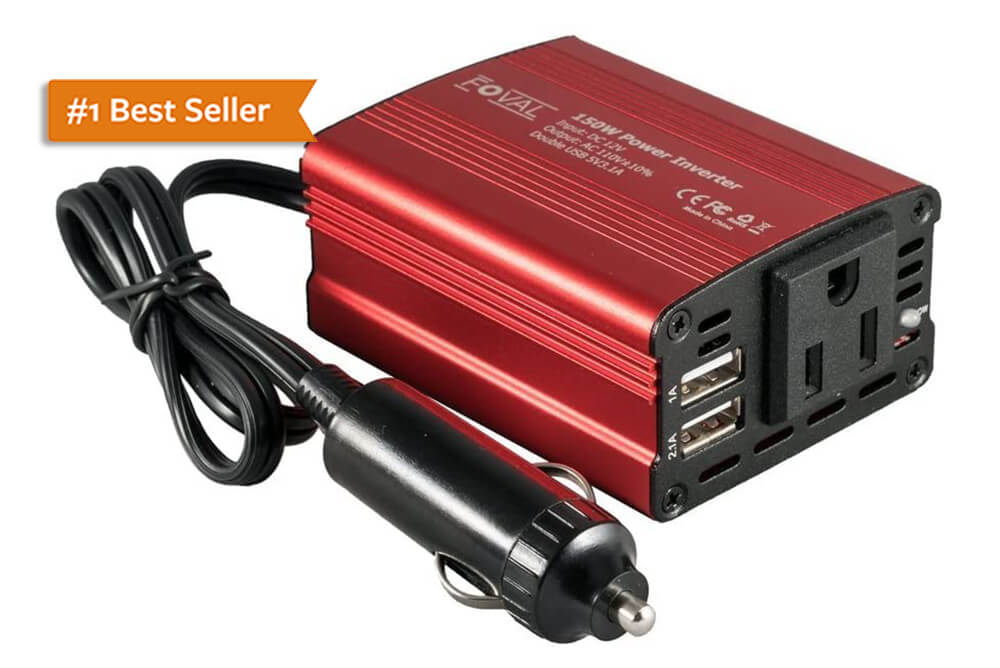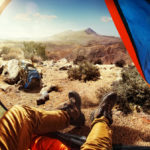What is Dry Camping? Dry Camping is also known amongst campers as Independent Parking or Boondocking. Is when a Campervan is purposely parked away from water or electrical hookups and basic utilities.
The positive aspects of Dry Camping may be privacy and a closer to nature experience. But it also requires more preparation, experience, and confidence in your camping equipment.
Is Dry Camping Safe?
The nature of Dry Camping restricts access to fresh water and electricity and communications. So the risk is going to be higher than being parked at a Caravan Park. The risk is often mitigated by the experience of the individual.
One does not nor should not jump straight into Boondocking headfirst. With the proper preparation, equipment, and experience Dry Camping can safe.
Why Would Someone Want to Dry Camp
There are many reasons why some campers choose to be isolated rather than in a community. Firstly, Dry Camping allows for a more authentic experience of the outdoors. Many enthusiasts assert that parking in at a camping ground is akin to parking in your front yard.
Dry Camping allows you to reside close to stunning landscapes and exotic locations. Imagine waking up, taking a step outside and brushing your teeth in front of the wide-open jaws of the Grand Canyon.
This once in a lifetime experience brought to you by Dry Camping wouldn’t exist if parked at an established campground.
Secondly, the minimalist community celebrates Dry Camping as it provides an avenue of defiance. Defiance against the use of technology and presenting challenges to hone survival skills.
Most commonly, Dry Camping can be a ploy to save money. Many people including myself simply can’t afford the high costs of parking an RV at a paid dispersed camping ground.
Dry camping is free. Best of all is that you have the freedom of choice to park where ever you feel.
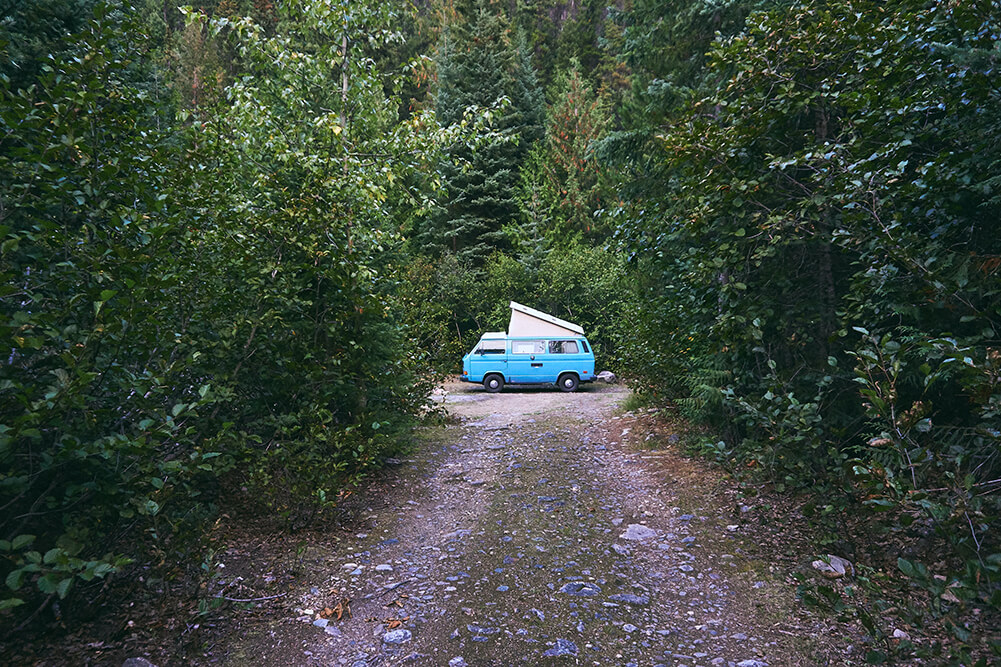
Dry Camping tips
Destinations
Before you set off make sure to plan and research the area in which you decide to park. Certain councils and jurisdictions, especially National Forests restrict Dry Camping from certain protected habitats.
Going against regulations may result in a pretty steep fine which could negate an attempt to save money in the first place.
There are many dispersed camping sites and RV parks that allow for overnight stays and camper parking for free, so make sure to research your routes thoroughly to find any hidden gems.
I touched on this briefly in the second point, but there are adventurers that have a romantic view of living closer to nature. It is these campers that seek adventure and the rush to feel outside their comfort zone and experience that learning curve of survival.
Perhaps having the experience and wherewithal to be away from basic necessities allows them to feel comfortable, disconnected, unsupervised and blaze their own trail.
Finally, Dry Camping may be a necessity in it of itself. Sometimes and more often than not, you may turn up to a full camping ground or an unfortunate failure in equipment requires you to assess and fix the issue overnight. Being prepared mentally and physically and knowing that you can fall back on Dry Camping is a skill that everyone should hold.
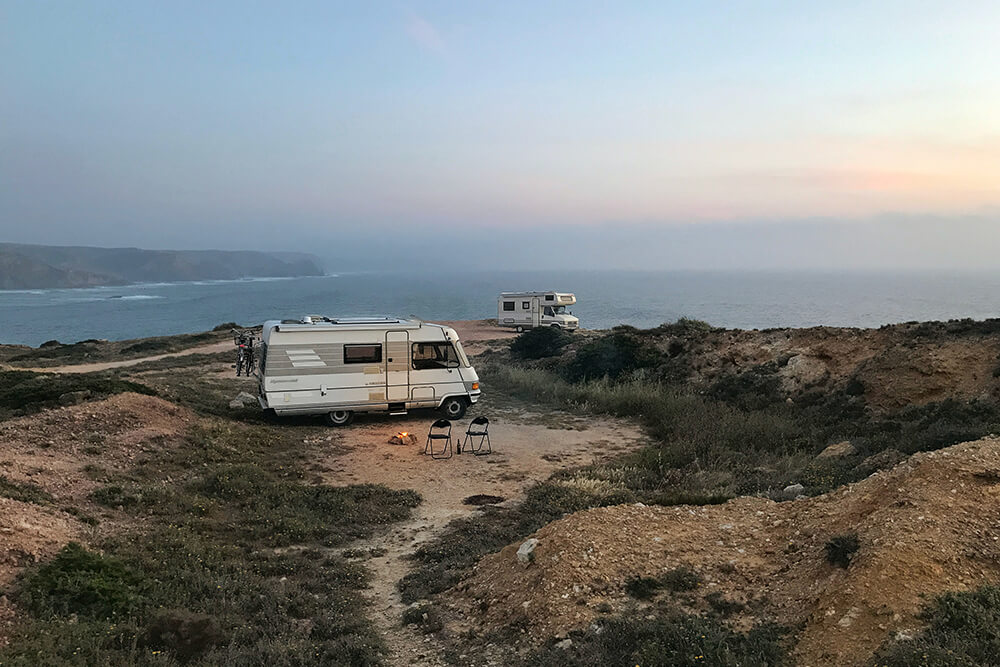
Social opportunities. Many RVers gather at events and locations like the Albuquerque Balloon Fiesta or Quartzsite in Arizona. If you want to meet up with friends in similar places, you’ll have to leave the hookups behind.
There is also a van life movement that is becoming quite popular with the younger community who are tech-savvy and want to save money by foregoing rent and living in a van.
The popularisation of this version of Dry Camping has created a cult-like community, check out Van Life here to see what it’s all about. Van Life and traveling Dry Campers will get together in an organized celebration of freedom and enjoyment of the outdoors and disconnection.
These social opportunities that provide a community feel are quite appealing and are located in remote locations such as the Blue Mountains to travel-friendly spots like Bondi Beach and St Kilda. However, the only buy-in is that you have to leave your hookups behind.
Where can you Dry Camp
The act of Dry Camping does not just apply to remote and outback settings. It acts in itself infers the decision to forgo hookups and utilities. That said technically, parking your RV at a rest stop, cark park, national/ state parks or even the side of the road can be considered as Dry Camping.
As mentioned previously, Dry Camping may be used as a last resort due to money and time constraints. If this is the case then it may be worth contacting the council in that camping jurisdiction for publications or maps that indicate free camping and camp setups.
Many of these spots are not as well known but do in most cases provide free hookups like fresh water and electricity. Also, it is worth mentioning you confirm with Park authorities where the restricted areas are, also if you are parking on private property, always seek permission first.
The last thing you want is issues and fines from Park Rangers and irate property owners.
Successfully Dry Camping
To be able to initiate and pull off a successful Dry Camping experience there are a few areas in which you will need to prepare for.
These include location, equipment and food management, utilities management and hygiene and sustainability. Let’s explore these areas below.
Planning for a Dry Camping Session
Location – start with where and go from there
To kick off the planning phase, once the location of where you intend to spend your RV dry camping trip has been decided you then need to start mapping out suitable and legal Dry Camping areas.
Camp Australia Wide has a series of maps that indicate free Dry Camp locations that are close to natural landmarks that are safe for Campervan parking. Bear in mind, the more remote the location you eventually end up at the more experience you should be in the art of Wild Camping and survival.
Water
Its important to have in the back of ones mind when dry camping in a remote location away from hookups, that water, when you run out of it, you simply run out of it.
So its best to plan your water inventory as such and be smart and conservative. Start with a capacity count on your onboard water storage containers in addition to any water jugs and bladders that will be brought.
Its best to find a common place between how much room the water storage will take up with living area and food space. Sure, If you could bring as much fresh water as possible it would be best, but bear in mind, water weighs a lot, this might require your RV to work harder and expend more horsepower and gas / petrol to move along.
And it may be unconfortable when dry camping in minimal living quarters because your surrounded with fresh water tank containers. A fresh water tank capacity check list and specs list is a really handy way to count up all available water storage space.
Think about how many people will need access to fresh water, how long will you be when dry camping and any emergency options should you suddenly miscalculate or run out of clean drinking water. The Beauro of Meteorology has several apps to indicate water storage and map out the nearest water bodies in your surrounding area.
Make sure to never leave your destination without a full fresh water tank and if you do run into an emergency situation make sure you have a solid camping fresh water filter in case you have access to a river here is a link to our article on camping water filters.
Food
When meal planning for a Dry Camp it’s best be as conservative as possible. As water and electricity use will be kept at a minimum the food to bring should have the same value. Foods that require little to no electricity to rehydrate and have minimal water content. The less water the less chance of going unsavoury.
Small food packs and rations is favourable as larger packets of food once it’s gone off that all the good has perished. MRE’s are a great substitute but if you only plan on dry camping for a few days than things like Ramen Noodle packs and precooked rice and canned food is preferable.
Food should require the least preparation and cooking and should leave the least cleanup. Remember the whole point of dry camping is to forgo utilities so try to avoid using large electric and gae applicances like microwaves and stove tops unless you can spare. Raw is a great alternative for short Dry Camping adventures.
It’s healthy and requires little to no preparation. If your a vegetarian or vegan, the chances are you are well versed in raw eating. Raw eating is eating fruit, nuts, vegetables, seeds anything that doesn’t not need cooking from the green grocer.
For meat eaters I suggest some dried mushrooms and avocado with a few sticks of beef jerky. Make sure to keep the fruit and vegetables in a cool dry place and silo eat out so that if one fruit or vege rots it doesn’t ontonate and spoil the rest of the food.
If your hunting for game or want to retain a meal a vacuum sealer is a perfect solution. This item takes up little room and little electricity.
Use cutlery and eat ware that requires little cleanup and clutter. Whilst not sustainable, I. Dry camping occasions it may be considered to use plastic cutlery. They can be thrown out of unwanted avoiding use of water to clean up. Or they can still be sanitised for a second use.
Power
In a Dry Camping situation, power although limited is one of the more forgiving resources that can be topped up in serveral ways. Power that feeds into your campervan can be provided through Batteries, Solar and Petrol Generated power.
One advantage is that if you run out of battery power, you can always recharge using a power generator or solar.
Electricity and Batteries
Because its determined that at a particular Dry Camp location will be without the luxury of a 120 Volt AC hookup typically found at a paid campsite.
A common backup to compliment your only on board 12 volt DC electricity source will be bringing serveral different sizes of batteries of different wattages, a solar power source as a replacement or as a secondary power source or to aid in recharging those supplementary batteris.
Before we delve into why types of battery, generator or solar power can replace the lack of 120 Volt AC, lets look into what 120 and 12 AC/DC power to determine the power consumption on a typical Dry Camp experiment.
What is 120 Volt AC
Most standard RV’s manufactured in the 1990s to the presented are going to allow for two sources of electricity. 120 Volt AC is the power source that is often the most missed out on or sorely missed when it’s unavailable.
Known as the luxurious connection 120 Volt AC powers the RVs more complicated comfort appliances like Tvs, Air conditioner, Radios and Coffee Makers.
This electricity source is the only voltage that is supplied at camping trips which is why the appkicances that are compatible with 120 Volt AC are the luxuries that will need to be overcome in a Dry Camping situation.
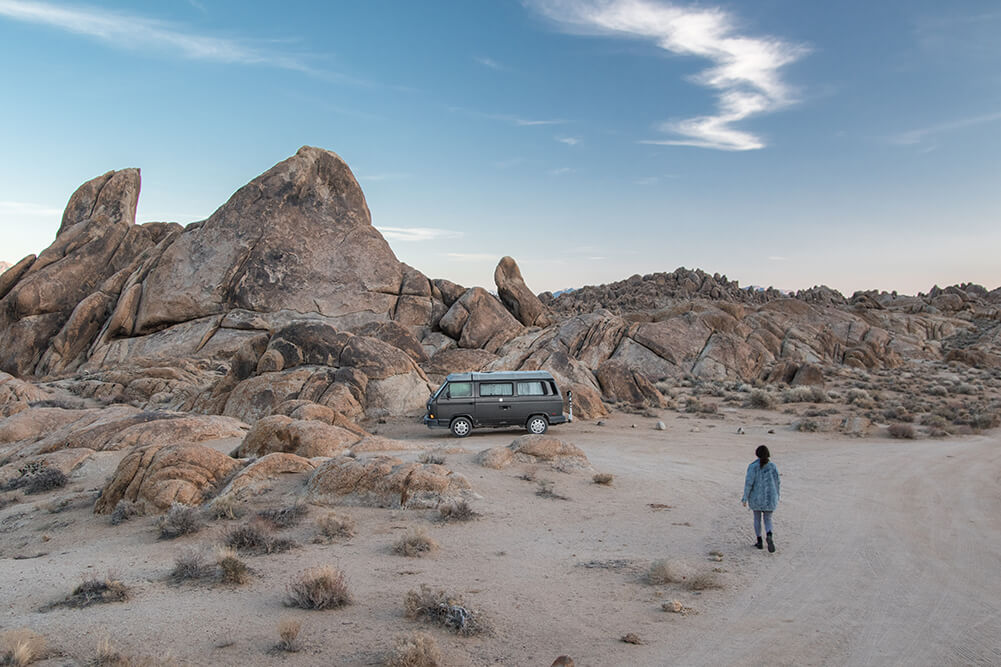
What is 12 volt DC
This type of electricity source powers the essential nessecities of an RV. Items that do not require strenuous effort to work like lights, water pumps, and basic refrigeration and some forms of heating.
Additionally 12 Volt DC powers cooktops and propane furnaces that are the blower type. Before you head out to your destination perform thorough check-ups on both electrical systems and if faulty ensire the issue is fixed by a qualified electrician that has campervan knowledge and experience.
Batteries
If you dont plan on putting up with the noise and emissions of running a generator all day, the next best and most popular power source will be your RV battery power bank. Prior to heading out you would preferebly want to record your appliances and equipment that will need power during a Dry Camp. A good equation is to roughly estimate how many hours each item will need to be powered for taking into account the people that will use them. It helps not to be conservative when calculating the numbers as you want to record the worst case or in this case the most usage that you may need during these times. If you want to see how this looks, check out the boondoctor uses a simple table to visualise power usage here.
Battery Monitor System.
There are simpler solutions to monitor RV battery use such as the SIMARINE PICO Battery Monitor System.
This monitor works by measuring internal and external energy flow to and from your battery bank using shunt mechanism.
Using its patented algorythms the SIMARINE PICO Battery Monitor System translates the information into an easy to read display so you can effectively see how much 12 Volt power is left and the average consumption. Check out there website here to see what one looks like.
More than one equals more fun?
Many suggest that having two batterys so that ones doesnt have to be so conservative and have a more enjoyable Dry Camping experience. It can be quite challenging to Dry Camp on one battery if even for a few days at a time.
To put this into context, a furnace running for more than a few hours at night can easily deplete a single 12 Volt battery. But a second batter will be able to take on the load of small comforts to allow for heating and hot showers. We suggest purchasing two 12 Volt batteriesthat are of the same brand, size, model and age.
Even though your RV will come with a 12 volt battery, buy an addtional two 12 volters, You will need to find the additional room and spare the added weight, but its better to have a sound battery backup plan especially when your going to be far from hookups.
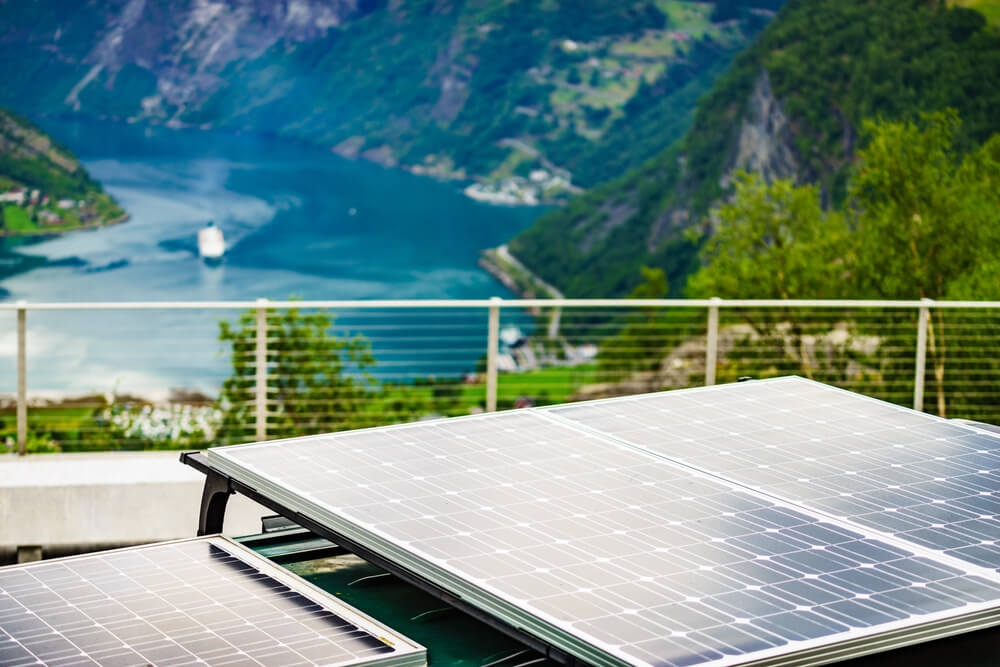
Solar
Theres not secret when it comes to solar power use as an effective power source to support small gadgets and appliance and to recharge batteries.
Having a 100-160 watt solar panel is sufficient to charge your onboard RV batters and the best thing about them is that they can recharge your dead batteries whilst driving to your destination.
Look for crystalline panel brands that have high average output that can handle high wind speeds as they will be gathering a lot of dust and hopefully sun on your RV rooftop.
There is some costs however, as a good solid and stable solar panel setup should be installed if it allows by a professional who will construct the solar harvest on a tilted angle on the roof of your RV.
If you have purchased a second and third 12 Volt battery to battery bank than a solar panel system is a must to feed power and have the bank charged up whilst not in use.
For this case scenario a Solar photovoltaic system works well but make sure the system has short wiring runs and proper wiring connections essential good clean workmanships.

